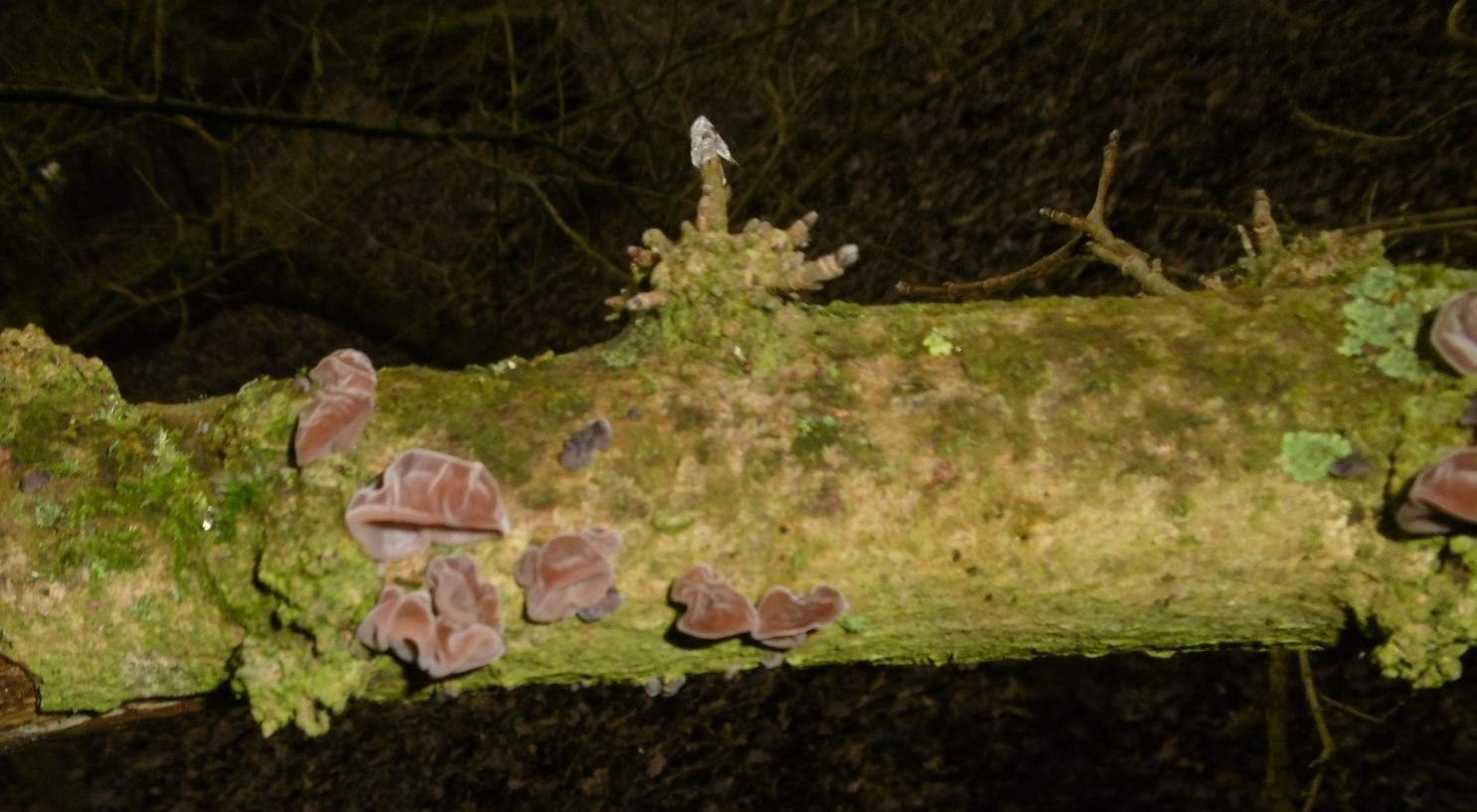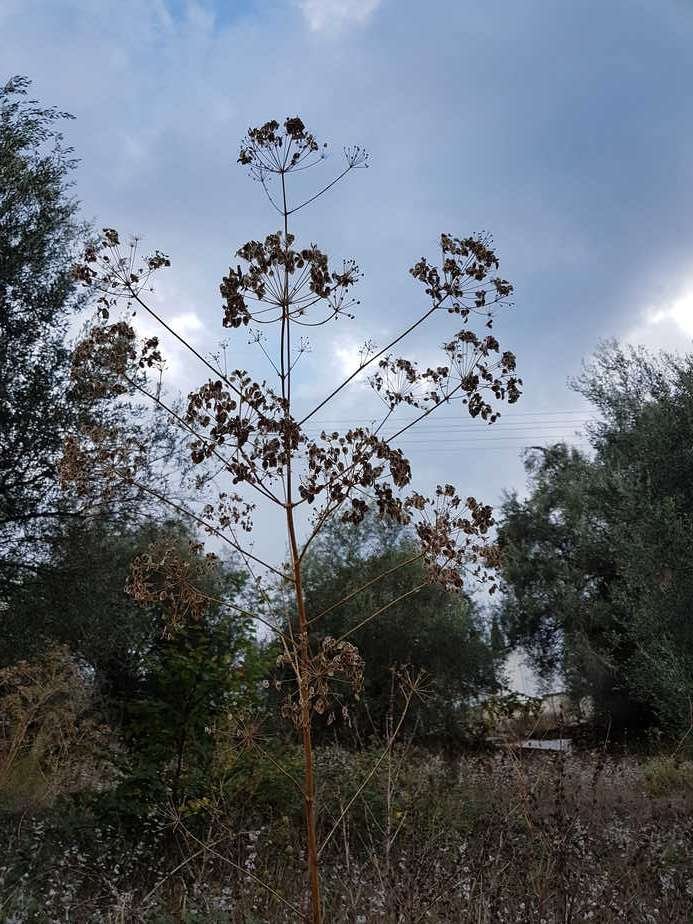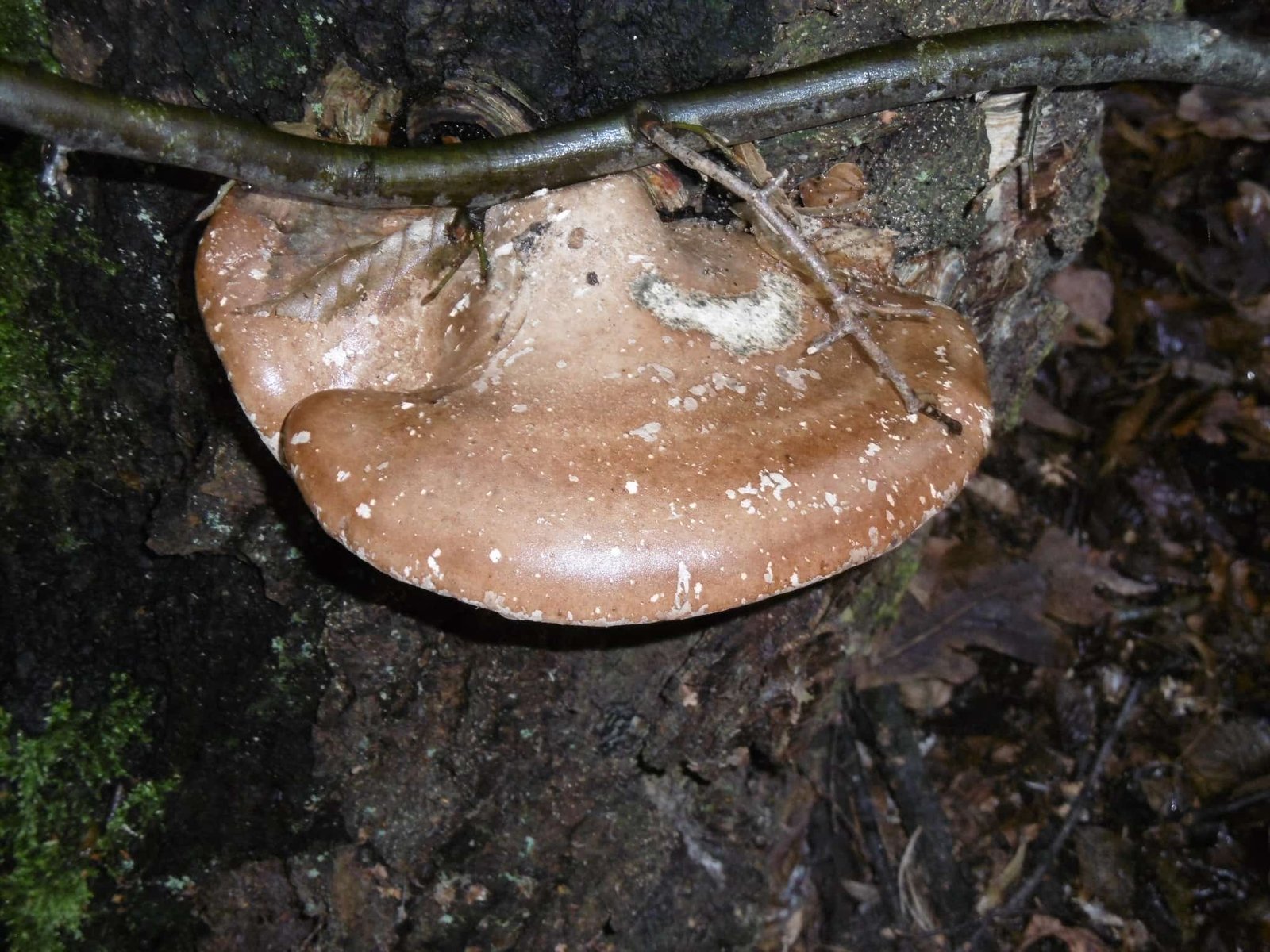Foraging on the Coastline – Part 3
Jen Wiss-Carline is a speara and keen coastal forager. In this series of posts, she shares some tips on how to make the most of the free food waiting to be found along our shores.
In my previous posts, I’ve explored foraging for cockles, mussels, scallops, winkles, and oysters. These tasty finds from the shore have, I hope, added some exciting flavours to your table! Now, in this third part of the series, I’ll introduce the world of whelks, clams, and seaweeds – the latter being available in abundance, much tastier than you might have imagined and absolutely crammed with nutritional benefits.
If you missed my first post, I highly recommend reviewing it for essential information on the best gear to use and understanding local regulations to ensure sustainable and legal foraging. Get ready to discover even more ways to fill your larder from the seabed!

Clams

We have a few species of clam in the UK: razor clams are the long almost rectangular ones and get their name from looking like the old-fashioned cutthroat razor blades people use to shave with. Clams will often hear you coming as you approach and bury themselves into the sand. I picked up a nice trick off TheFishLocker for catching these: look for the little air holes in the sand and pour regular table salt into it. If there’s a clam under the hole, you can watch the hole reform as it tries to get rid of the salt. Keep going with the salt until the clam pops out. Of course, you can use clams for clam chowder but they’re also great steamed and only take about 7 – 10 mins in a pot with a lid. The usual white wine and garlic works really well with these.
Whelks

The calcium powerhouse of the sea, these are the marine snails with the pretty swirling pointy shells. I recommend extra washing for these and a couple of hours soaking, then boiling in salt water for 10-15 minutes. A simple garlic butter makes these a real show stopper at dinner parties.
The Weeds

Humble seaweed is sometimes overlooked or thought of as too smelly or strong. In fact, there are more than 650 species of seaweeds on our shores, and many of them are delicious, tender and not at all pungent. Seaweed is absolutely cram-packed full of vitamins and minerals which is probably why so many health food companies are now jumping on the seaweed wagon to sell us expensive seaweed preparations and supplements.
Of course, on the coast you can harvest seaweed for free! It’s easy to identify and rocky shores are absolutely abundant with it, so you’ll never come home empty handed. All species that you collect from the shore are edible, although some are better to eat than others. Take care to collect live weeds that are still attached to the rock from an area where the sea has washed over the weeds in the last day. Wash the seaweed very well before use.
Seaweed is a valuable part of our shores: it provides essential habitat and food for a lot of marine life, offering shelter and breeding grounds; it helps improve water quality by absorbing excess nutrients; it absorbs carbon dioxide and it helps protect shorelines from erosion. For those reasons and more, we need to look after the weeds which means taking care when we harvest them. They cling onto rocks by holdfasts and we need to leave those holdfasts in place together with plenty of the stem (stipe) so the seaweed can regrow.
Some of my favourite tasty seaweeds include Sea Lettuce thrown raw into a salad, Sea Spaghetti cooked and eaten a bit like pasta, Dulse thrown into my morning omelette and Channelled Wrack chucked into a stir fry. I recommend subscribing to the Forager Helper for guidance on seaweed identification.
In my next post, I’ll encourage you to venture into the shallow waters to forage for even bigger bounties: crabs, lobster, spider crabs, kina, and octopus.
All images licensed through Envato.











Leave a Reply
Want to join the discussion?Feel free to contribute!